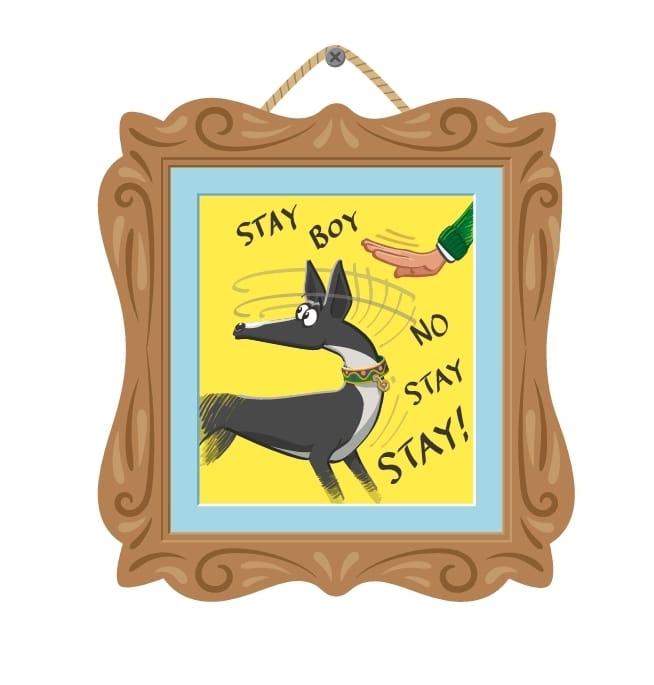We would love all of our KGR dogs to be ambassadors for the greyhound world – to be the best doggie citizens they can and to make their owners proud.
We cannot stress enough, just how important dog training is. People would never ask the same question about children and schooling, because we all know children go to school to learn, to be better citizens and to interact with other children. It is the same for dogs at dog training classes (school).
Often dog problems are caused by the environment in which the dog lives, not their own behaviour. Environment covers lots of areas such as:
- Nervous or new owners
- Owners lacking in confidence
- Other pets or children in the home
- Living in a busy urban area
- Stress in the home
All of these areas can be addressed at training.
You will be amazed at just how much you can learn in just 6 weeks. The classes can change both you and your dog forever. You may feel as though you are just doing very basic things – but “behind the scenes” your bond is strengthening and your own behaviour is being gently modified.
Your confidence will grow, when you see how your dog reacts around other dogs – if he behaves in class, he can behave on a walk. Too many dogs are returned to rescues because the owner is not confident or they worry too much. This can then manifest into unwanted behaviour – either reacting to other dogs when out, or growling in the home.
Dog training classes can help with your confidence.
We would prefer the whole family to go – especially your children. But if both parents cannot attend, it needs to be the least confident owner as they will benefit the most.
Absolutely – a lot of greyhounds are classed as reactive when in fact they are just plain scared. They have never met another type of dog before and in their head all dogs have long skinny legs so they have no idea what little legs and hairy bodies are all about. Especially the ones who run about yappy and barking.
This is a controlled way for your dog to meet lots of other types of dogs.
The short answer is because it helps socialise your dog with other dogs. Training is not just about learning tricks and obedience – it is about monitoring how your dog reacts with other dogs in a controlled environment.
As soon as you have finished the course, we will refund the cost to you (up to £60).
You just need to let us have your bank details.

Which Dog Is Right For Me?
Before deciding please consider:
- Working hours
- Other family members
- How much exercise you enjoy
- Have you got small dogs or cats
- How long the dog will be left each day
- How secure is your garden
